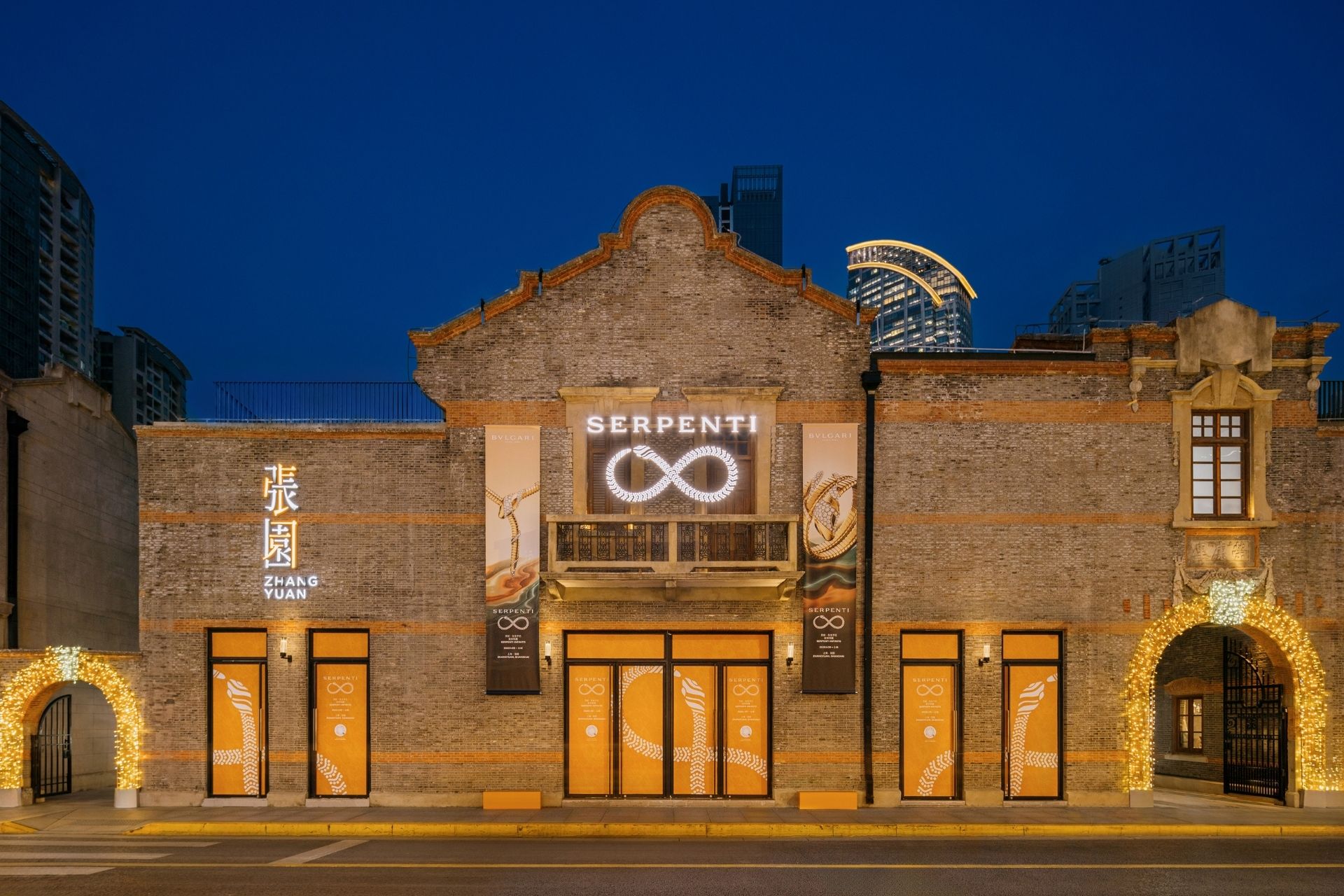
With today’s affluents turning to online platforms for brand and product discovery, it is important for luxury brands to stand out on social media in a positive way.
During a webinar presented by Adweek and sponsored by NetBase Solutions Inc., social media experts discussed social media best practices for luxury brands looking to grow while protecting their reputation. An increasing amount of social media data is unstructured, which means brands have an opportunity to better understand clients’ emotions, conversations and experiences.
“When you’re a luxury brand, it’s all about protecting your brand,” said Robyn Lindars, director of social insights at NetBase Solutions Inc., Miami. “By doing things like social listening, it can help you understand what the brand’s perception is.”
The webinar was based on NetBase’s research and client experiences.
Social strategies
Understanding an audience’s perceptions and values should be the starting point of any luxury brand’s social media strategy.
For instance, LVMH-owned cognac brand Hennessy conducted consumer analysis to learn how a 25- to 34-year-old audience viewed cocktails, mixology and the brand itself.
Positive and negative words consumers associate with Hennessy. Image credit: NetBase
The analysis included both positive and negative attributes towards the category, such as “confusing” and “taste.” It also became apparent that this younger audience had an interest in mixology classes and favored Instagram as a social media and educational tool.
Armed with this data, Hennessy invited micro-influencers to attend cocktail master classes, which also included more information abut the brand and its history. These events both engaged audiences and addressed a need for more education in the cognac category.
Ms. Lindars also noted it was important for Hennessy to find where its audience gathers, including Instagram digitally and urban areas physically. For the branded experiences to be valuable for the brand, Hennessy also needed to link the events to its heritage.
For its seasonal collaborations, outerwear label Moncler also looked to optimize influencer marketing.
Moncler Genius has replaced the tired seasonal collection strategy with new monthly designs and social media campaigns. Each collection is supported by unique and interesting experiences on social media, but the products themselves focus on quality, uniqueness, newness and creativity.
To ensure the best possible ROI, Moncler conducted influencer audits to look beyond social media metrics including reach and engagement. NetBase also evaluated influencers’ engagement rates when posting about Moncler.
“This lets us look at an influencer’s passion about a brand,” Ms. Lindars said.
It is also important for luxury brands to remain relevant by staying aware of industry and consumer trends.
As part of a sustainability push, Italian fashion label Versace announced it would discontinue the use of real fur in its products. The announcement coincided with a peak in social media conservations about ethical fashion.
Annually, conversations about ethical fashion online have increased by 50 percent. Following the news from Versace, mentions of the brand relating to sustainable fashion dramatically jumped.
Simpler social strategies can also have a big payoff for luxury brands.
French footwear label Christian Louboutin makes an effort to personally respond to all comments on social media. According to NetBase, consumers who have had a direct interaction with a brand have 17 percent higher net sentiment towards the brand than the general audience.
Other best practices on social media for luxury brands include emphasizing a brand’s key differentiators, optimizing content to reach audiences and partnering with complementary brands to increase awareness.
Influencer impact
Successfully leveraging influencers was a common thread in the discussion about social media strategies.
Less than a third of brands and agencies have an official influencer program in place, despite the field’s rapid growth in recent years.
According to a report from social media analytics platform Talkwalker, authenticity and long-lasting influencer relationships are among the priorities for marketers. Brands and agencies are also moving away from making their marketing decisions based on an influencer’s following and instead are looking to work with creators whose posts are already high-quality and cohesive with a brand’s messaging.
Micro-influencers are still proving to be more of interest for brands in social media advertising campaigns rather than celebrities, which is likely due to their emotional attachment towards the success of the campaign.
Celebrity influencers only make up 28 percent of annual influencer spend, according to Rakuten Marketing’s 2019 Influencer Marketing Global Survey, compared to the 40 percent earned by micro-influencers. The report states that almost three out of four marketers agree that these influencers are actively concerned with the results of these campaigns.
Cover Image: Christian Louboutin
Article originally published on Luxury Daily. Republished with permission.







